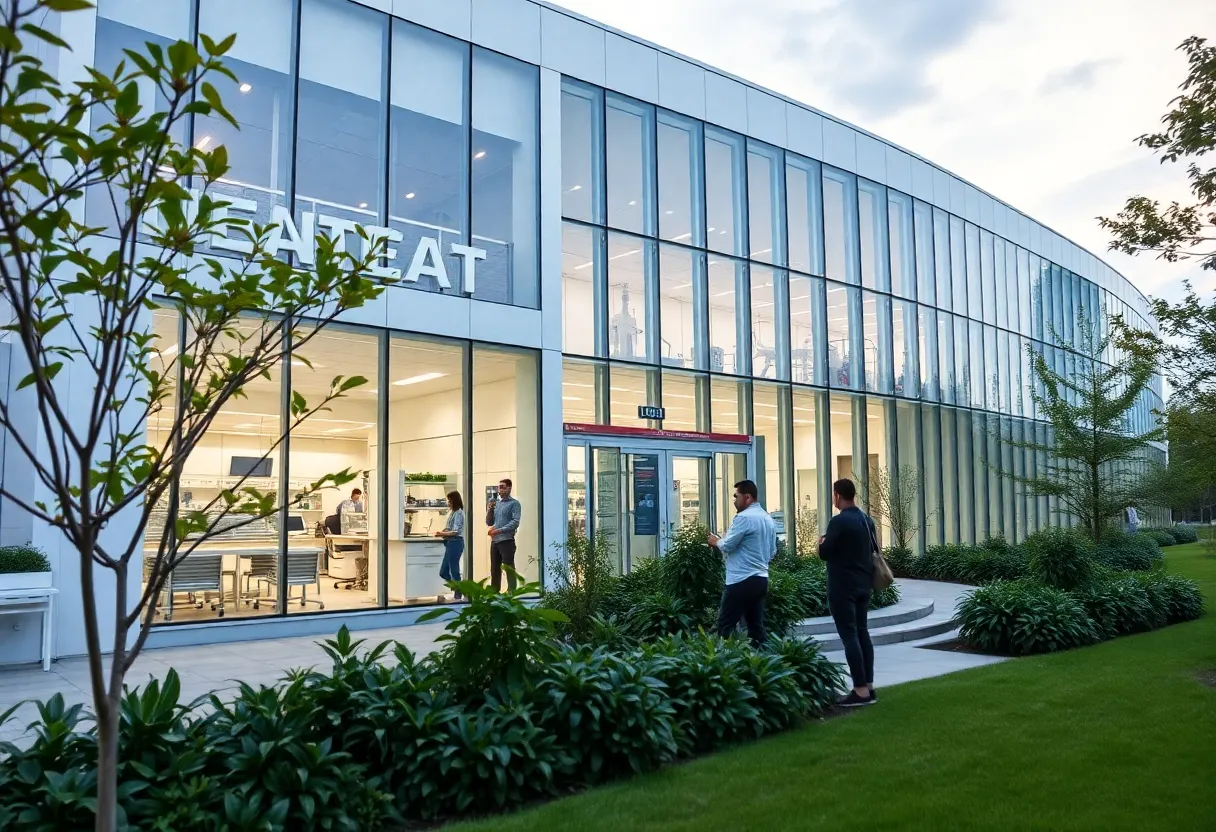News Summary
Rhode Island has seen a significant increase in health care spending in 2023, rising by 7.8% to approximately $9.52 billion. The rise is attributed to higher hospital visits and the increased use of high-priced weight-loss drugs. The Office of the Health Insurance Commissioner reported that claims for GLP-1 medications like Wegovy have doubled, affecting overall health care expenditure. The implications of these spending trends raise concerns about affordability and access within the state’s health care system.
Rhode Island Records Surge in Health Care Spending
In 2023, Rhode Island has experienced a historic increase in health care spending, soaring by 7.8% compared to the previous year. The state’s total health care expenditure has reached approximately $9.52 billion, which translates to an average cost of $9,892 per person.
This increase has been mainly driven by a rise in hospital visits and the soaring popularity of high-priced weight-loss drugs, specifically GLP-1 medications like Wegovy and Ozempic. The annual report from the Office of the Health Insurance Commissioner (OHIC) outlines how the growth in spending was not solely due to price increases but primarily linked to a higher utilization of services.
Factors Behind the Spending Surge
The OHIC has highlighted that prescriptions and insurance claims for the weight-loss drug Wegovy (semaglutide) have significantly increased, with claims doubling from 2022 to 2023. In total, GLP-1 drugs accounted for an impressive $63.2 million in insurance claims this year, posing a considerable financial impact on the overall health care budget. The cost of these drugs can reach around $1,000 per dose, leading to an increase in health care spending across the board.
Insurance markets within Rhode Island have shown uniform growth, with commercial, Medicare, and Medicaid plans surpassing the previously established growth cap of 6%. The previous period from 2019 to 2022 had a much lower cap of 3.2%. Specifically, per person spending for commercially insured patients surged by 6.9%, Medicaid patients experienced a 6.7% increase, and Medicare’s spending surged by 8.7%.
Insurance Companies’ Performance
When comparing different insurers, Tufts Health Plan and Blue Cross and Blue Shield of Rhode Island reported growth rates below 5%. Conversely, United Health Care demonstrated an 8.5% increase, while Neighborhood Health Plan’s costs rose sharply by 17.4%. Despite these variations, it is important to note that the overall trend mirrors the spending patterns seen in neighboring states, including Connecticut, Massachusetts, and Delaware.
Implications of Rising Health Care Costs
The rapid escalation in health care spending has sparked discussions concerning affordability and access, particularly regarding Medicaid’s coverage of weight-loss drugs as demand for them rises. The OHIC has recommended several measures to tackle these concerns, including enhancements to the primary care infrastructure aimed at increasing efficiency and subsequently lowering costs.
The report also suggests the establishment of a statewide data system designed to improve transparency in hospital finances and health care expenses overall. Inpatient and outpatient hospital care has accounted for more than 40% of all health care spending in the state, igniting speculation around the cost discrepancies between routine procedures conducted in hospitals versus non-hospital settings, where services can be significantly cheaper.
Future Considerations
As the OHIC continues its evaluation, the focus remains on developing a more comprehensive understanding of health care expenditure trends while ensuring equitable payments for primary care services. The considerable difference in costs for routine laboratory tests and treatments between hospital-based and non-hospital providers also beckons an analysis to explore potential cost-saving opportunities by reallocating care to outpatient facilities.
This unprecedented spike in health care spending not only reflects current trends but also poses essential questions about future sustainability and the management of health care costs in Rhode Island.
Deeper Dive: News & Info About This Topic
- Providence Journal: RI Needs a Medical School to Grow Primary Care Physicians
- Wikipedia: Healthcare in the United States
- Rhode Island Current: Health Care Spending in R.I. Exceeds Predictions
- Google Search: healthcare spending in Rhode Island
- WPRI: RI Lawmakers Urged to Pass Health Care Reforms
- Encyclopedia Britannica: Health Care
- GoLocalProv: Rhode Island Must Lead in Protecting Fertility Care
- Google Scholar: health care reforms Rhode Island
- Turn to 10: Push to Save Rhode Island’s Community Centers
- Google News: Rhode Island community centers
- Independent RI: Coverage on Rhode Island Health Issues

Author: STAFF HERE PROVIDENCE WRITER
The PROVIDENCE STAFF WRITER represents the experienced team at HEREProvidence.com, your go-to source for actionable local news and information in Providence, Providence County, and beyond. Specializing in "news you can use," we cover essential topics like product reviews for personal and business needs, local business directories, politics, real estate trends, neighborhood insights, and state news affecting the area—with deep expertise drawn from years of dedicated reporting and strong community input, including local press releases and business updates. We deliver top reporting on high-value events such as WaterFire, Rhode Island International Film Festival, and Rhode Island Comic Con. Our coverage extends to key organizations like the Greater Providence Chamber of Commerce and Providence Warwick Convention & Visitors Bureau, plus leading businesses in finance and manufacturing that power the local economy such as Citizens Financial Group and Textron. As part of the broader HERE network, we provide comprehensive, credible insights into Rhode Island's dynamic landscape.





